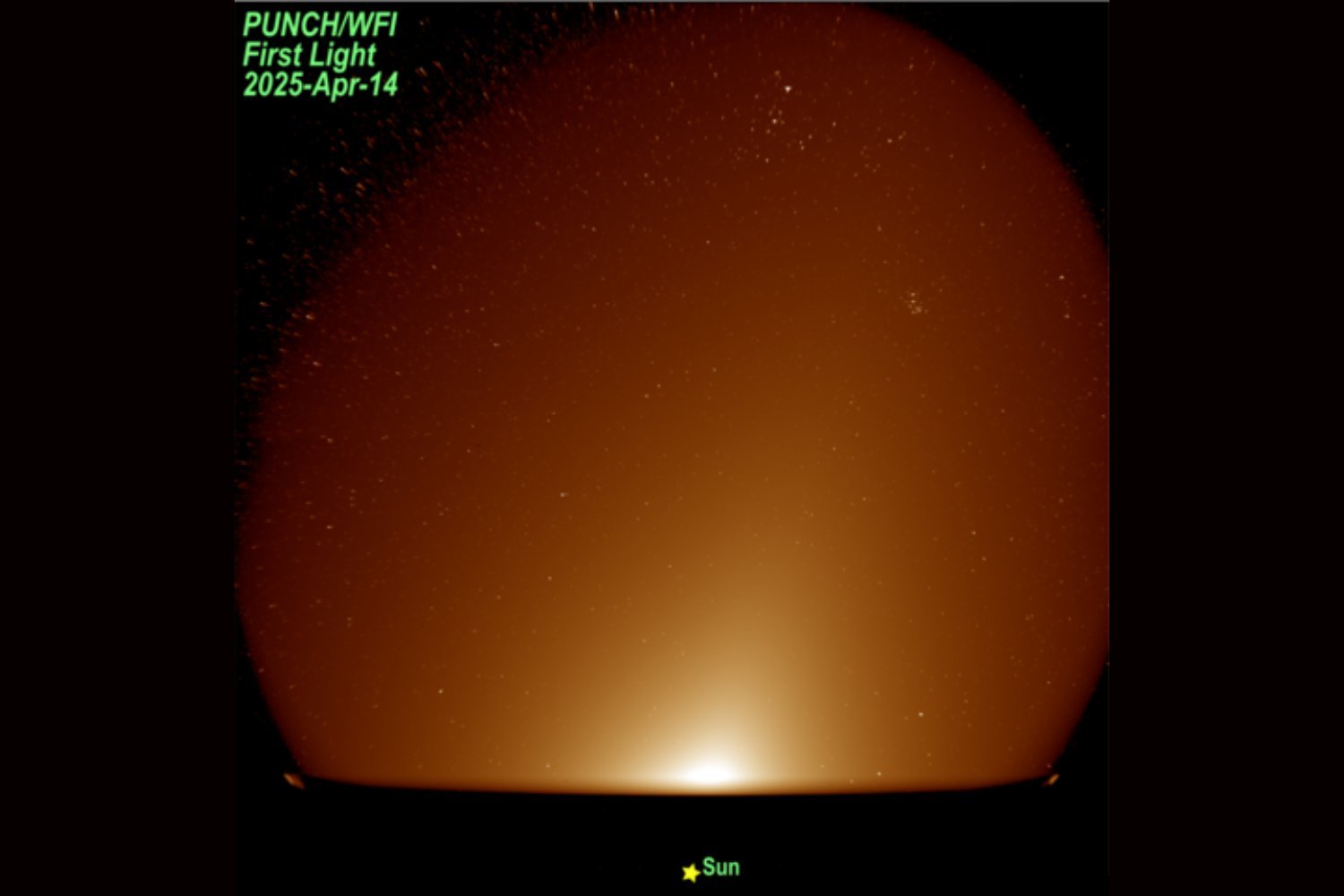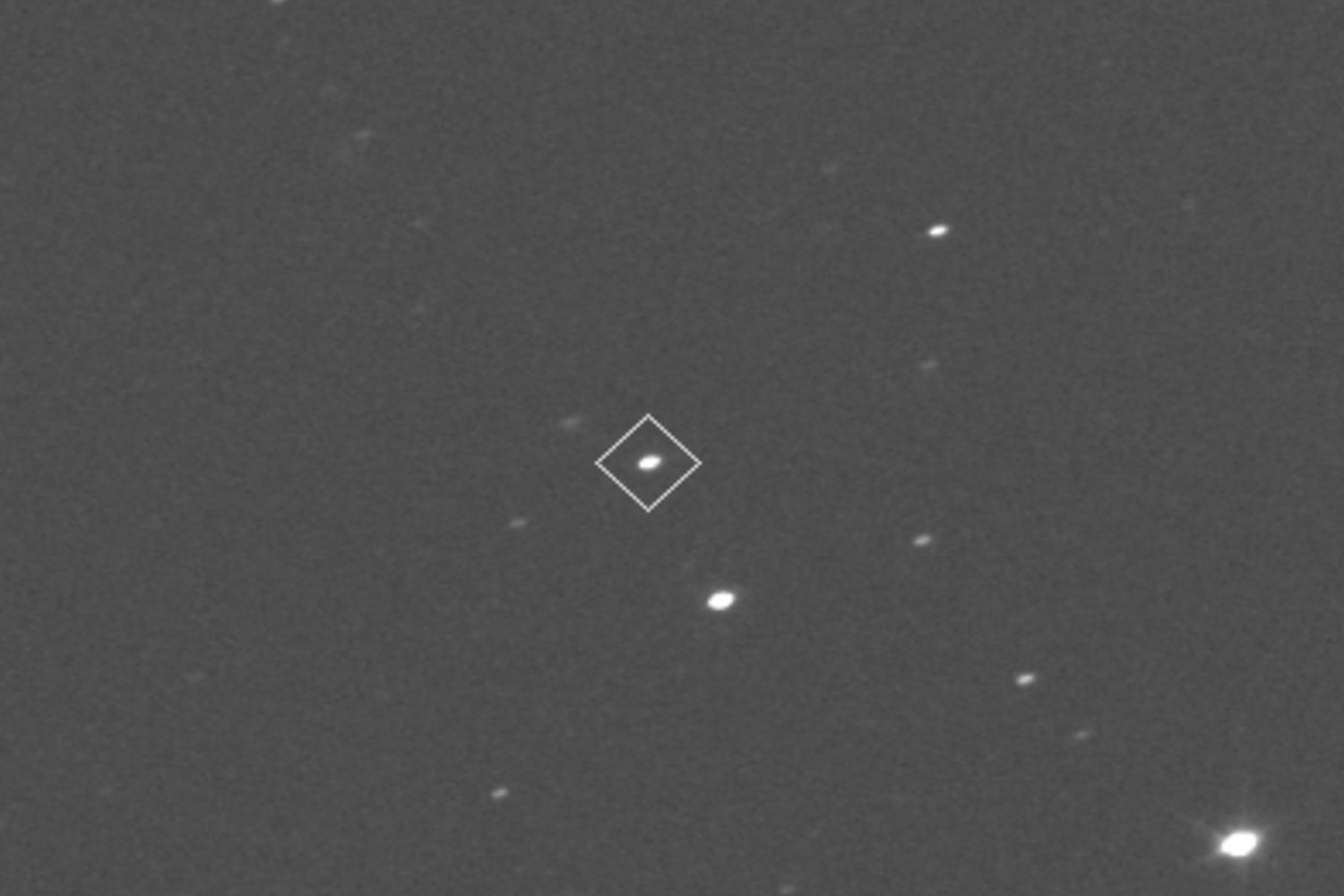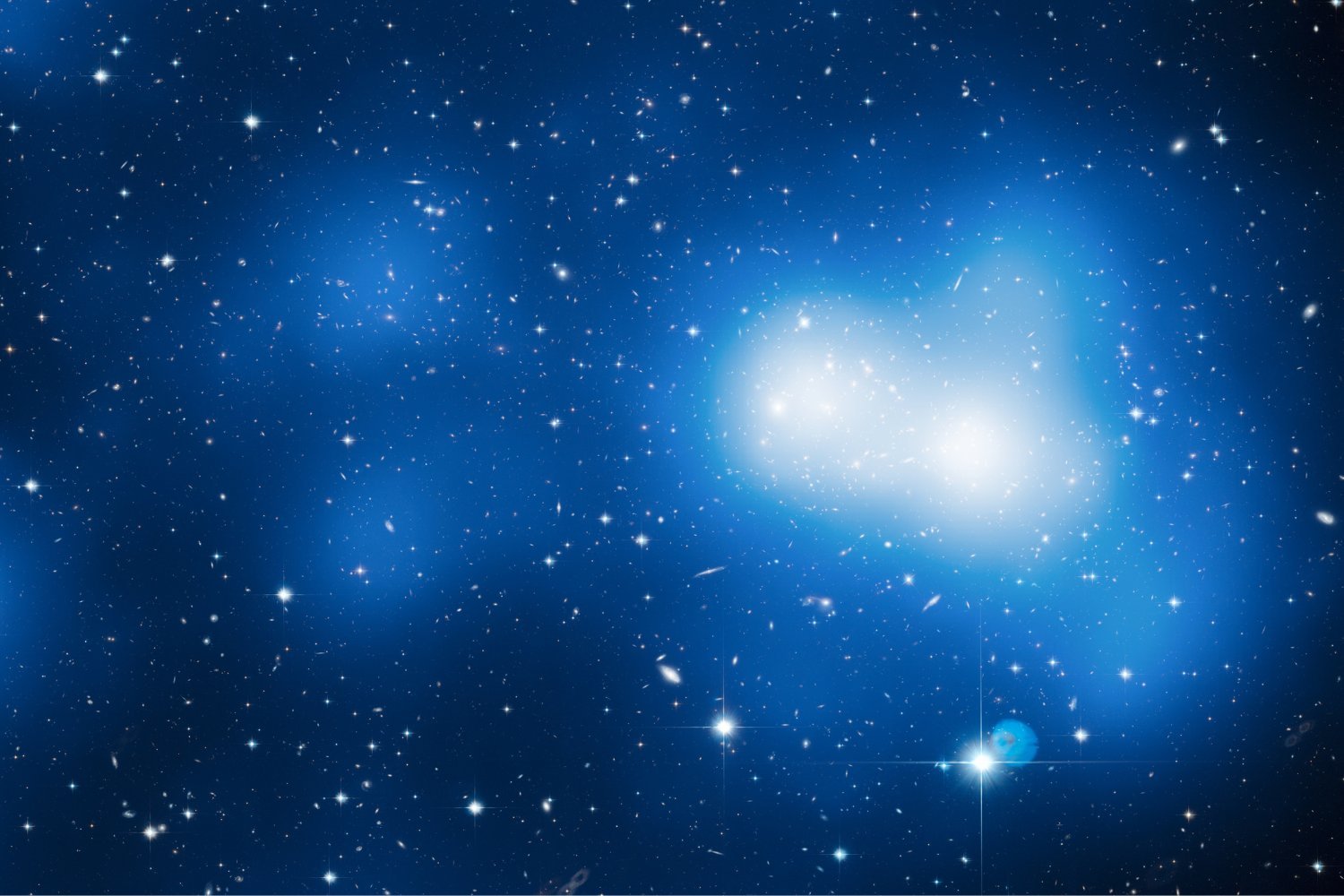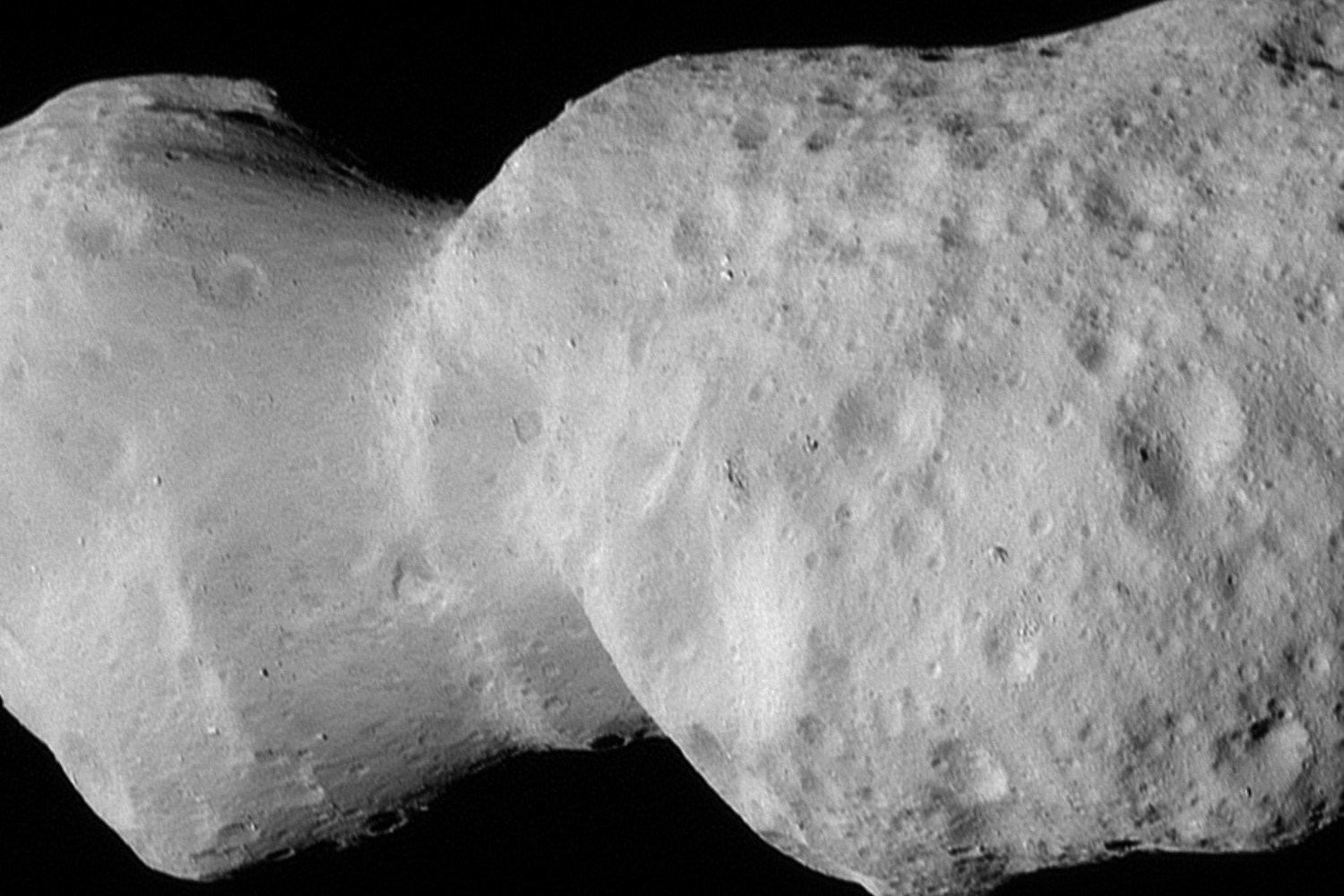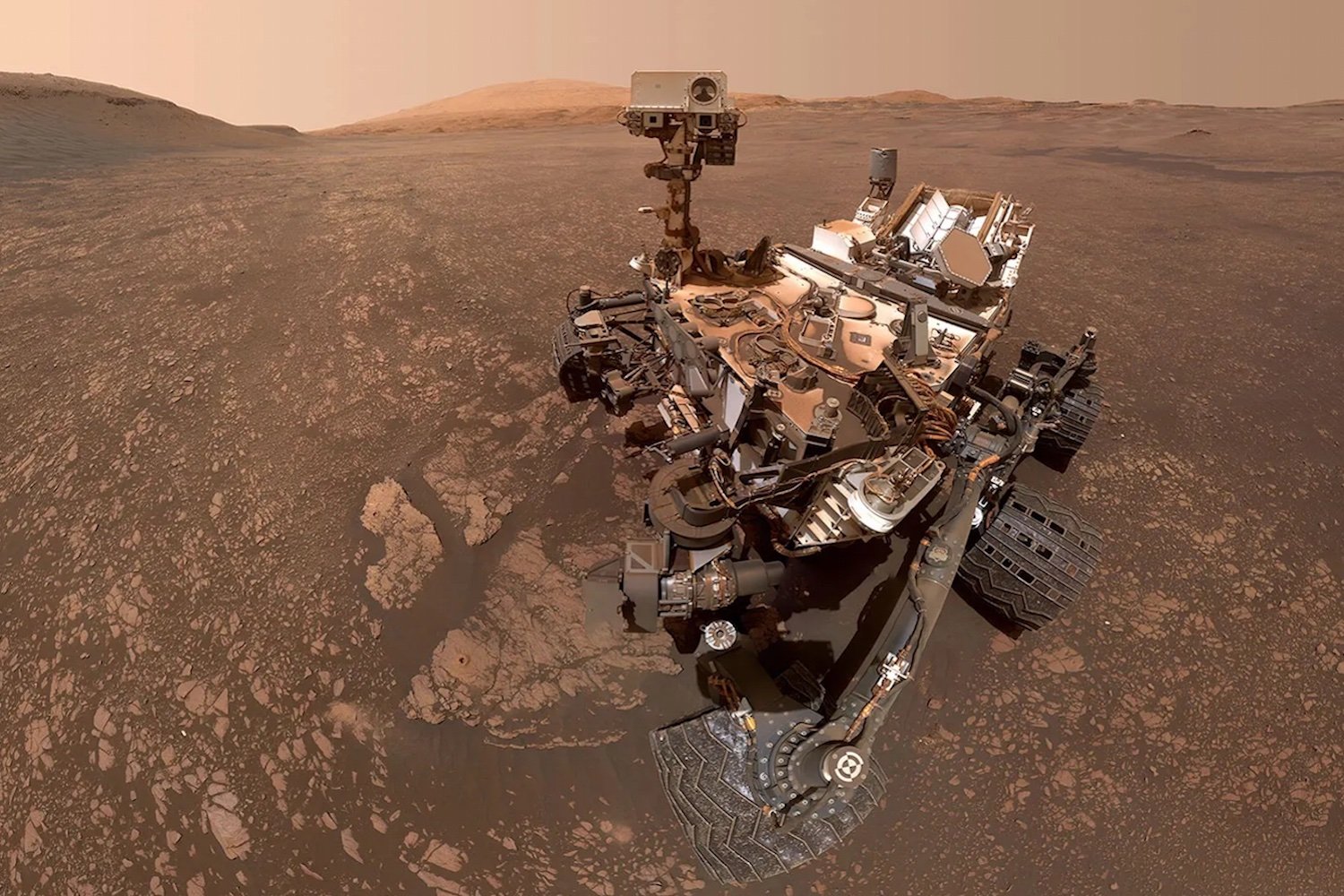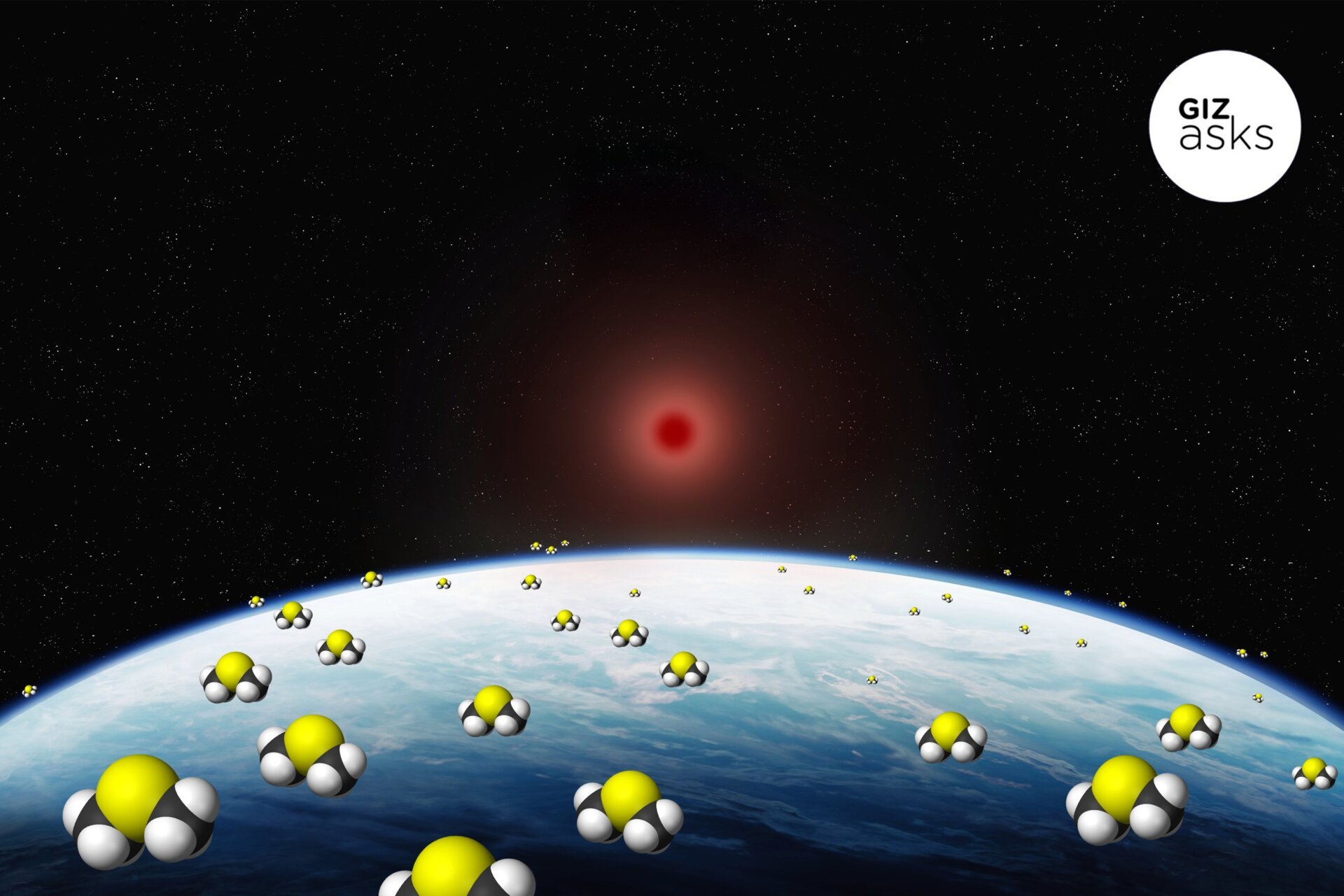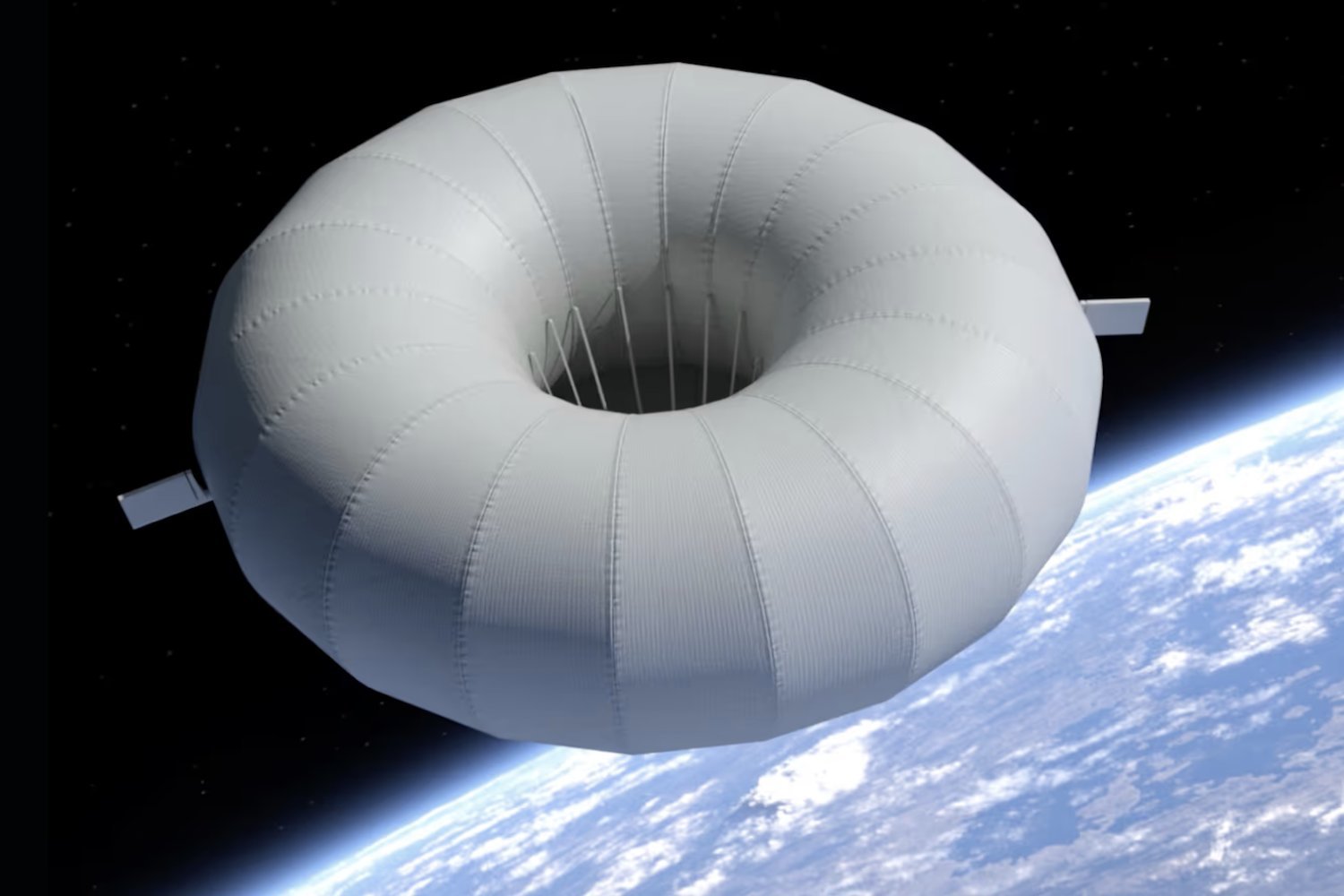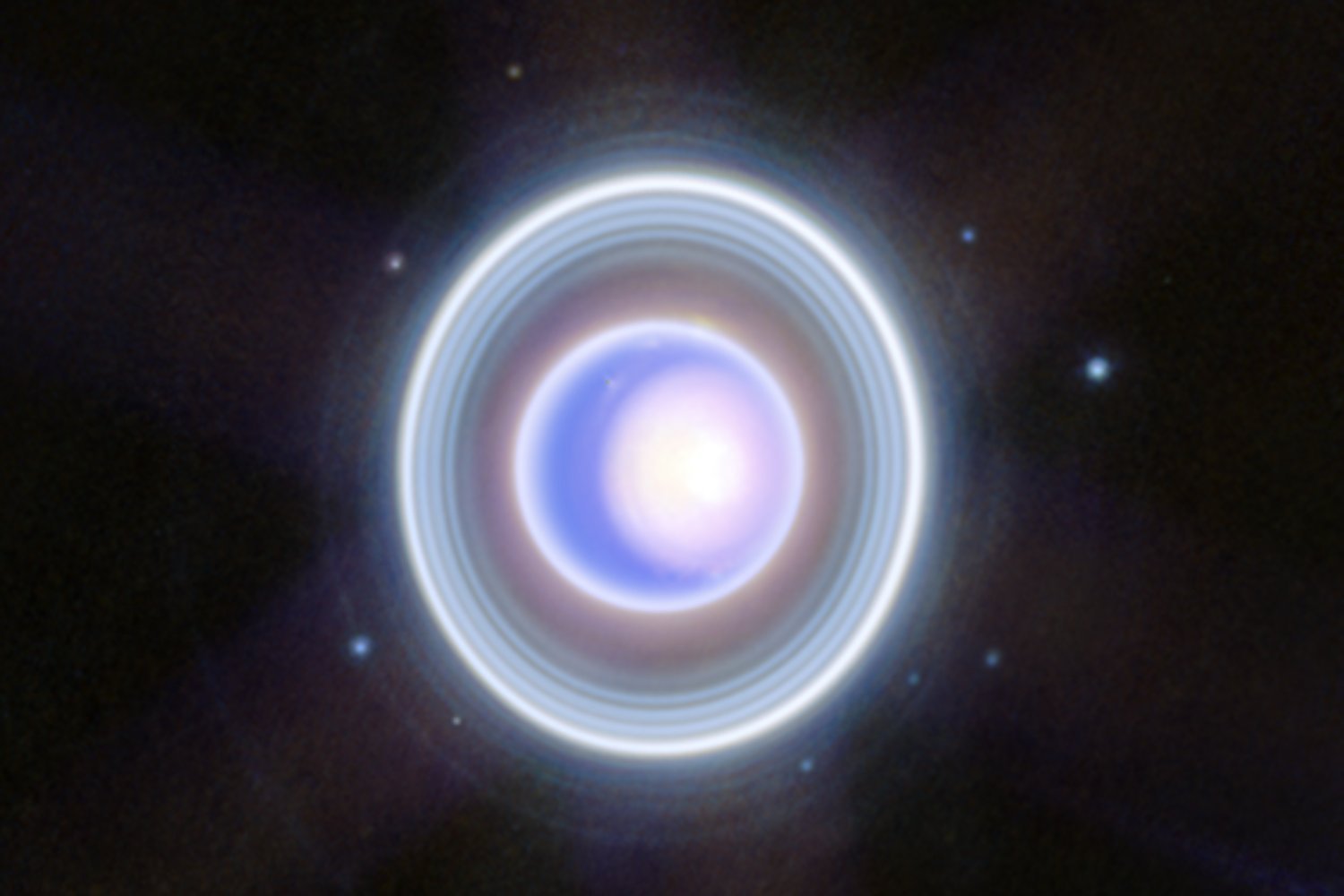The PUNCH (Polarimeter to Unify the Corona and Heliosphere) mission, launched last month, has successfully captured its first images of the Sun. This marks the beginning of a promising period of scientific discovery focused on understanding the Sun’s corona and solar wind.
PUNCH comprises four suitcase-sized satellites working together as a single, 8,000-mile-wide (12,900-kilometer-wide) space weather detector in low-Earth orbit. The mission’s primary objective is to observe the transition from the solar corona to the solar wind, the stream of charged particles that creates auroras on Earth.
After several weeks of instrument preparation, all four satellites have successfully deployed their imaging doors. “All four instruments are functioning as designed,” confirmed Craig DeForest, PUNCH’s principal investigator, in a Southwest Research Institute release. “We’re excited to finish on-orbit commissioning and get these cameras working together.”
PUNCH’s specialized cameras, including a coronagraph and imagers, are designed to observe the faint outer edges of the solar corona and the solar wind. These features are incredibly difficult to detect due to the Sun’s intense brightness. The solar wind travels at over one million miles per hour (1.61 million kilometers per hour), and its features are less than 0.1% as bright as the Milky Way. To capture these images, PUNCH must filter out light from distant stars, reflections from interplanetary dust, and standard digital noise.
Adding to its innovative design, PUNCH utilizes miniature, water-powered rocket engines. These shot glass-sized engines provide just enough thrust—an inch per second (two centimeters per second)—to maintain the constellation’s stable orbit. “PUNCH is the first space mission to rely on this type of engine, which carries safe, inert, non-toxic propellant,” explained DeForest. “That safety and stability are worth it even though the thrusters are more complex than conventional hydrazine rockets.”
The captured images represent a significant milestone, but they are only the beginning. PUNCH is currently in a 90-day commissioning phase, with the official science mission commencing in June. During this crucial period, the team will fine-tune the instruments to effectively filter out extraneous light, ensuring clear observation of the solar wind.
PUNCH’s data will be instrumental in understanding and predicting solar wind behavior and solar storms, which can disrupt Earth’s electronics, including power grids. This information is vital for protecting our technological infrastructure and ensuring the safety and stability of our planet.



